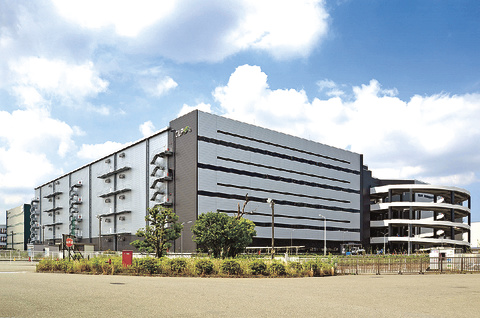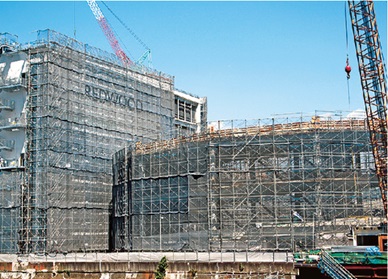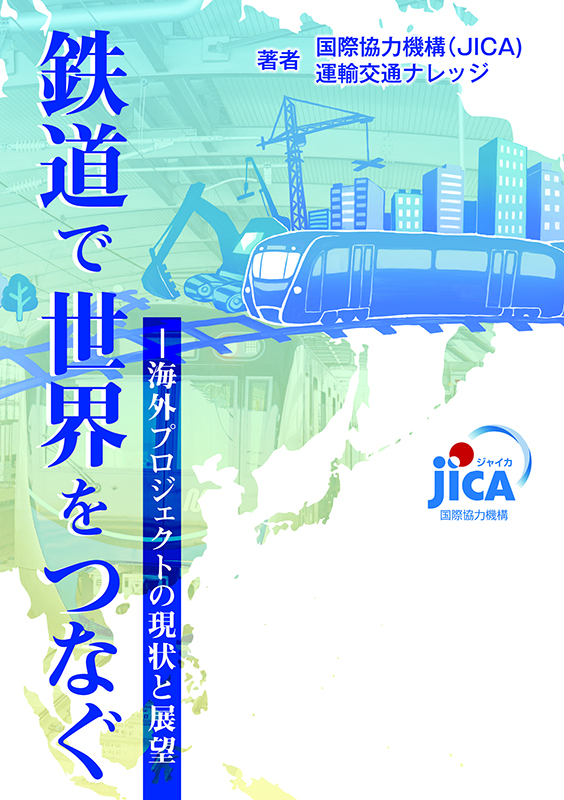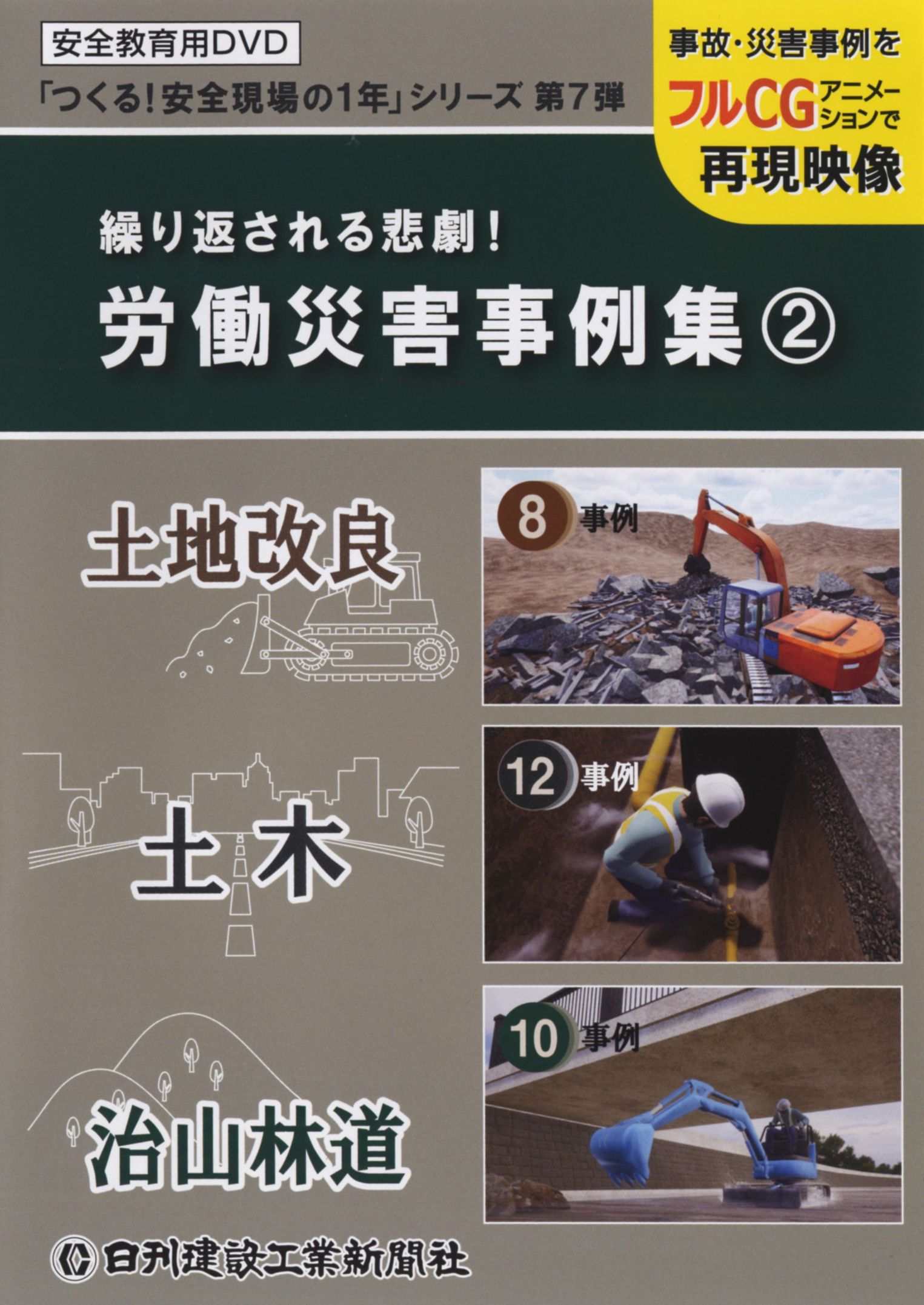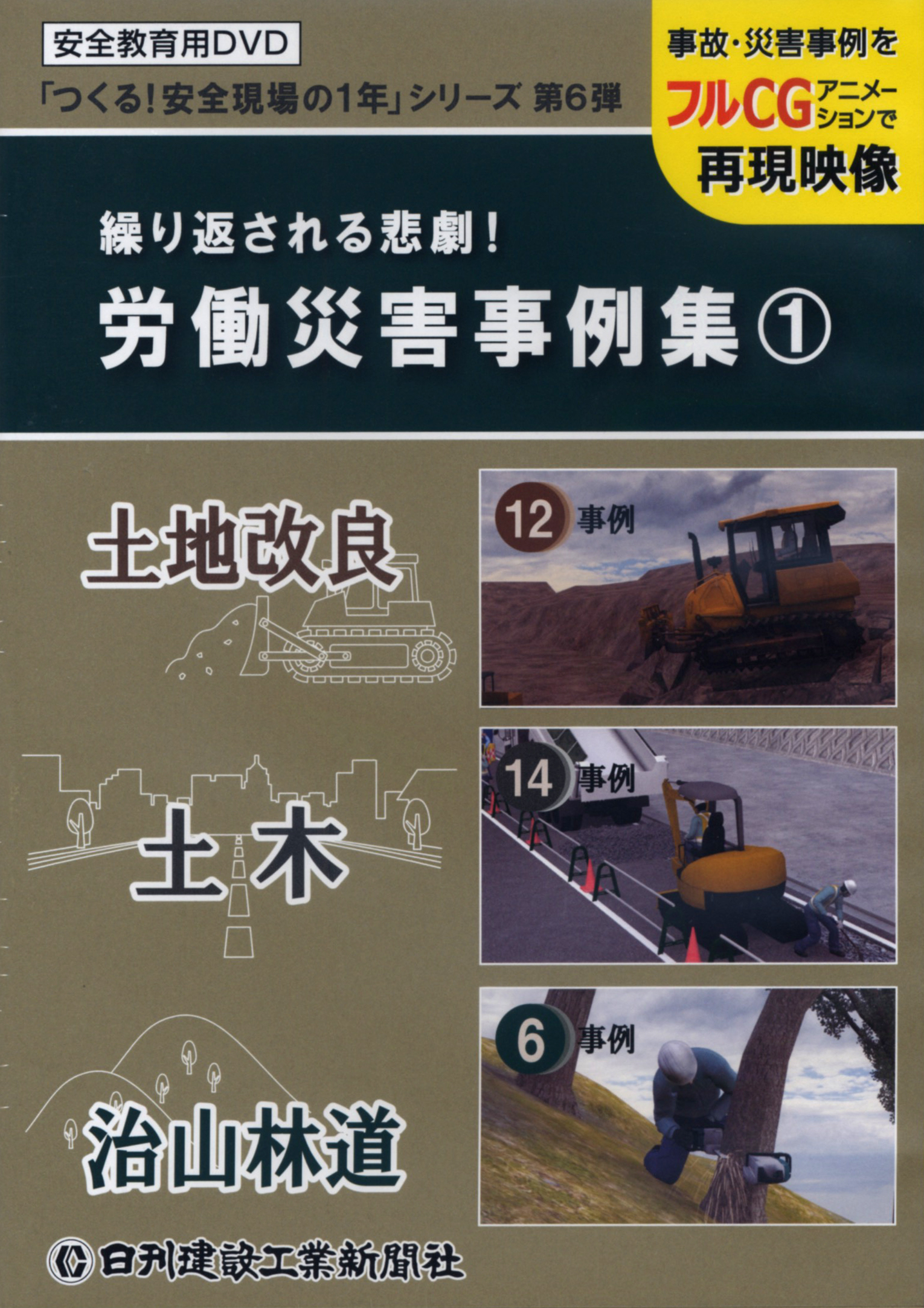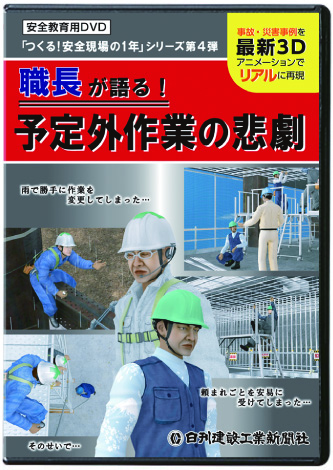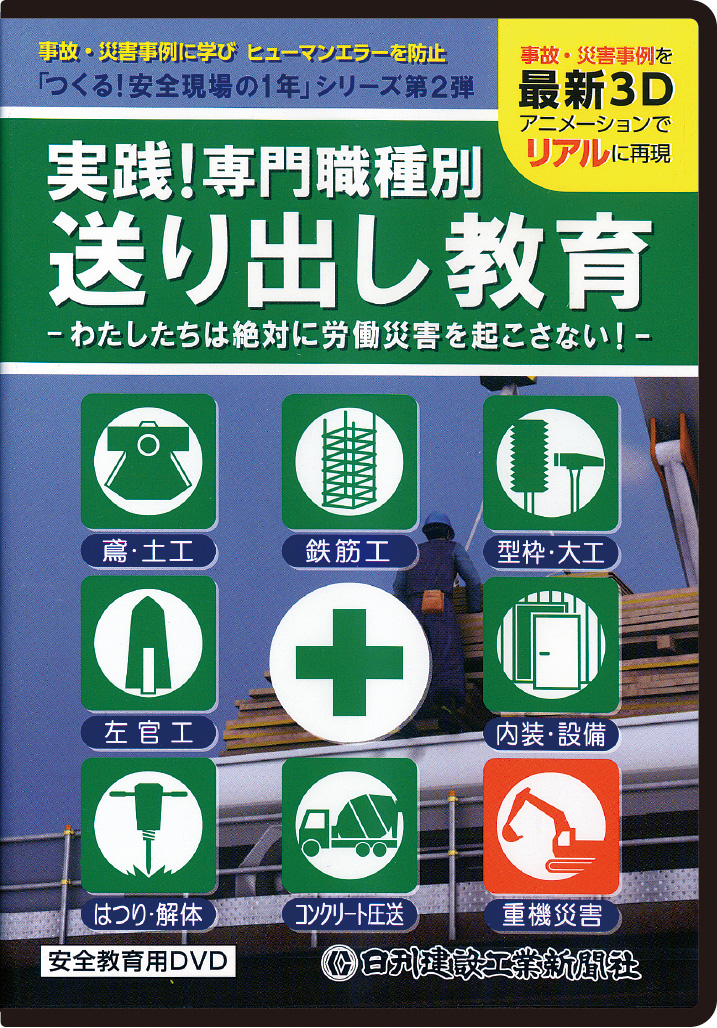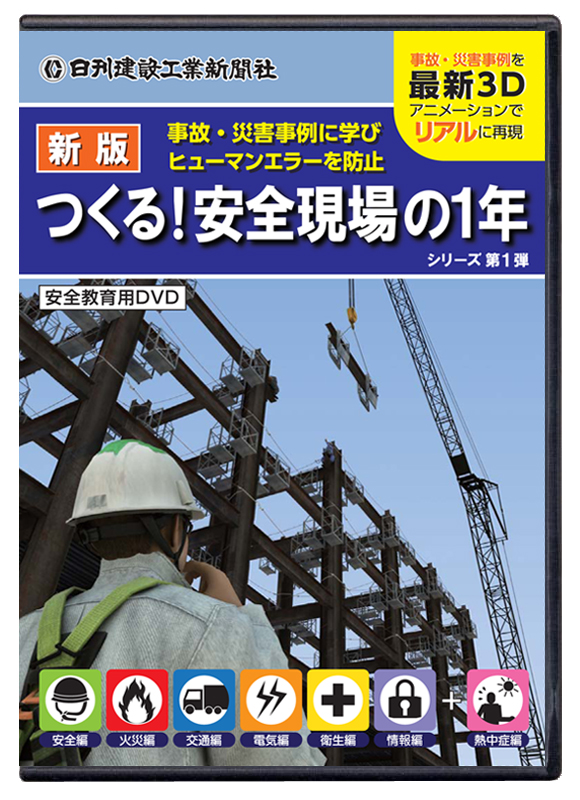Many large-scaled modern warehouses have recently been developed in Japan along with the changing trends in the logistics industry such as emerging E-commerce. Developers, most of which are dedicated to the logistics sector, are eager to build new facilities to meet the growing demands. Construction contractors are looking at new opportunities in the sector.
A developer Global Logistics Properties which has businesses around the world completed a 130,000m2 large multi-tenant warehouse (LMT) in July in central Kanagawa Prefecture, which makes one of the largest ones developed by GLP. 70% of the spaces have secured tenants at the completion.
New supply of LMTs is likely to hit the record level in 2015 through 2016 in Greater Tokyo region, says an industrial real estate service provider CBRE. The report fears the risk of rising vacancy rate in some parts in the region because of oversupply.
Many sources in the property developers however question the view, saying that there are still spaces to grow considering a very limited number of modern facilities in Japan compared with other advanced countries such as US.
Third Party Logistics providers, 3PLs are now the main players in the logistics industry. As retailers and manufacturers are forced to cut down the cost of logistics and to improve their services as well, demands for 3PLs and facilities they use are expanding. Plus, growing internet-based retailing or E-commerce market, which is estimated to value at 11 trillion yen at the end of 2013, have accelerated the demands for development of logistics facilities.
Increasingly competitive logistics facilities market has spurred developers to build higher-quality, larger-scaled warehouses. LMTs, which are equipped with standard specification such as ramp ways allowing trucks to access upper floors directly and broad loading spaces accommodating dozens of trucks. On top of those, even higher specifications such as anti-quake structures, environment-friendly facilities are applied in many properties.
President Miki Yamada of Japanese subsidiary of US-based Prologis said that developers are urged to explore how to add values in terms of services and amenity spaces since specifications of buildings have almost reached the limits. High specifications, however, can boost the construction cost as well. CEO of the Redwood Group, Stuart Gibson pointed out the importance of a close relationship with contractors.
Selection of the land is another important factor in development. Together with the rent rates, recruitment of staffs working in the facilities is a significant matter of attention by tenants. Tenants consider securing staffs as more important than access to major highways, according to the developers.
The Goodman Japan have undertaken development of a massive complex of logistics centers, the Goodman Business Park in Chiba New Town, a suburb of Tokyo. Construction of the first phase, a 120,000m2 warehouse begun last year. The total value of the assets is expected to reach 100 billion yen, when completed.
Various amenity facilities such as restaurants, hotel rooms, and a daycare will add values to the project, which can tackle labor shortage issues. President Paul McGarry of the developer aims to locate the facilities near populated areas and to offer favorable working conditions that can attract labor forces especially female workers.
President of GLP Yoshiyuki Chosa is keen to invest on new technology-adopted facilities as mechanization is likely to advance in Japanese industry because of shrinking labor forces. “We are ready to offer higher quality properties that can contribute to more efficient logistics services.” (2015/07/22)





